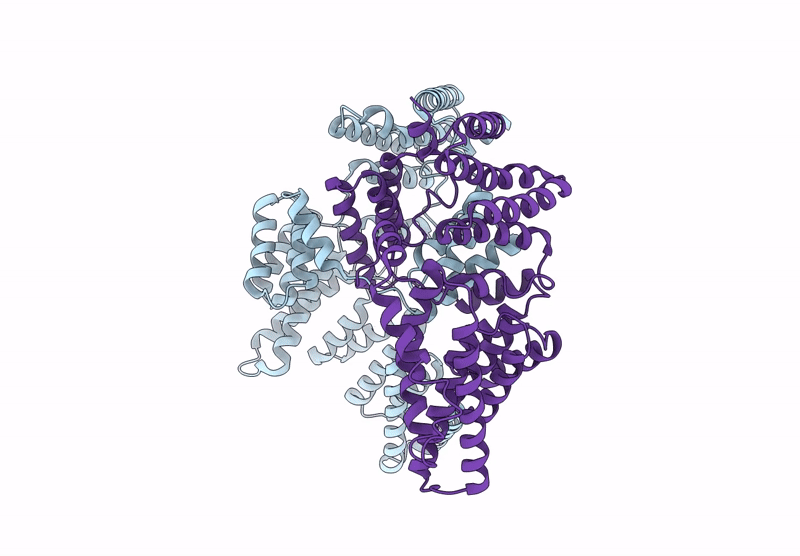
Deposition Date
2024-12-16
Release Date
2025-03-12
Last Version Date
2025-03-12
Entry Detail
PDB ID:
9MK9
Keywords:
Title:
Structure of the IFIT2-IFIT3 heterodimer from Mus musculus
Biological Source:
Source Organism:
Mus musculus (Taxon ID: 10090)
Host Organism:
Method Details:
Experimental Method:
Resolution:
3.22 Å
Aggregation State:
PARTICLE
Reconstruction Method:
SINGLE PARTICLE


